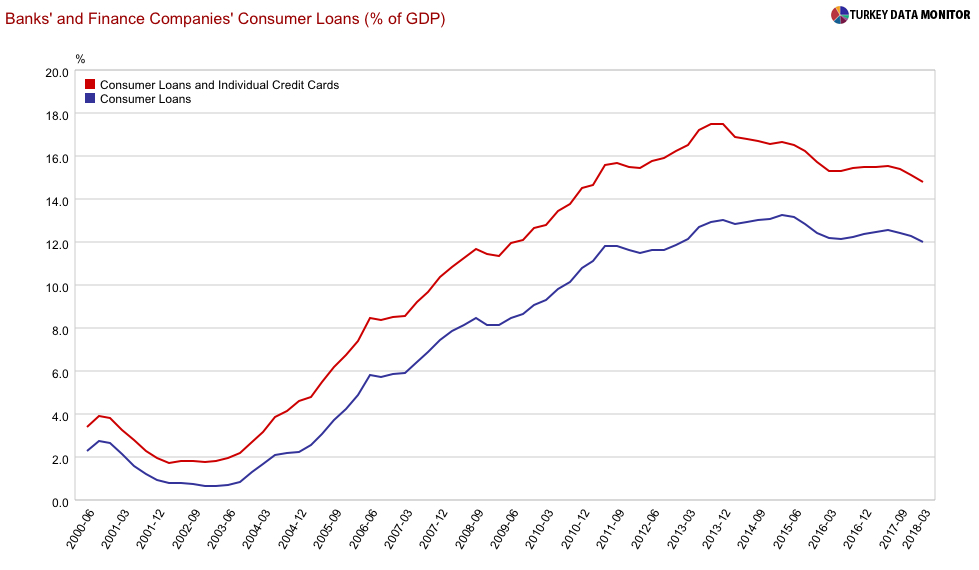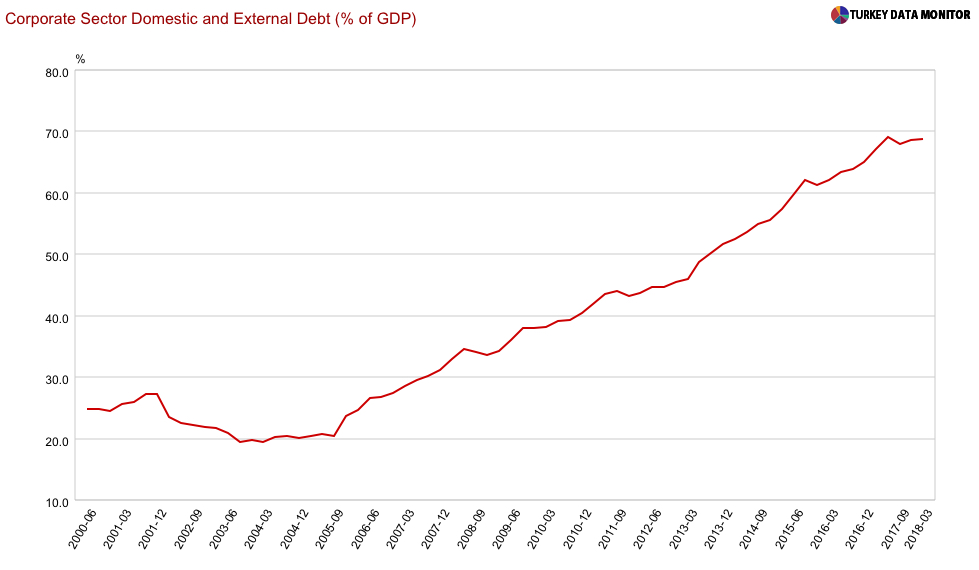Turkish crisis in the spotlight – II
Date:23Aug2018
Since I compiled a few commentaries and blogs on the ongoing stress in the Turkish markets here a few days ago, some more interesting stuff came my way.
In this article done for the UK-based platform, the Conversation, Turkish academics C. Erbil and U. Ozlale summarize how we got to where we are (bottom line: Turkey has become “increasingly dependent on imports and foreign cash to support much of this growth”, making Turkey “vulnerable to the whims of international investors in the event of a crisis”), and review the options going forward. They lay out 4 scenarios, but unfortunately the “good” ones (like a full-fledged IMF program or a somewhat lighter EU-supported self-imposed program) do not carry particularly high odds, in their view.
In another interesting column, historian Adam Tooze, does a “missing chapter” on Turkey, i.e. missing from his recently released book, Crashed: How a Decade of Financial Crises Changed the World (which I am about to order, and is reviewed here, here and here among other places). The chapter is “missing” because “at the urging of one of my editors, I abandoned the Turkish strand of the narrative”, Tooze says. In this comprehensive follow-up post, Tooze offers “for what they are worth, are some fragments of the missing Turkey thread”. Coming from a prominent historian, the article is a very useful — especially for those that are new to Turkey — account of how things played out during the AKP/Erdogan era, and how we got to where we are. Tooze’s emphasis is on the “intersection of finance and geopolitics”, a point around which he sees parallels between Ukraine and Turkey.
And last but certainly not least, Brad Setser of the CFR does a very comprehensive (and in my view, right on the mark) blog on Turkey’s vulnerabilities here. In his view, “the banks’ foreign currency liabilities now pose the biggest structural risk to Turkey’s financial stability”. While he thinks that Turkey can “muddle through” a while longer (“…ironically even if the banks are intrinsically vulnerable to a run because they have far more short-term foreign currency liabilities than liquid foreign currency assets, they also have one of the largest stockpiles of foreign currency liquidity in Turkey”), he remains concerned over the risk of a severe crisis.
Parenthetically, while this is not so material for Setser’s bottom line, it is worth pointing out that one thing Setser says in his blog, that “the real boom in credit has come not from foreign currency lending to firms, but rather from lira lending to households” is not exactly right. As shown in the pictures below, household credit as percent of GDP appears to have peaked around 2013 (Graph 1), whereas corporate debt (domestic+external) as a percent of GDP kept rising until recently (Graph 2). True, the latter suffers from fx valuation effects (as I have it down there), but these effects are not large enough to change the big picture. In any event, like I said, whether the source of debt growth is corporates or households is not so central to Setser’s ‘bottom line’.
Graph 1
Graph 2


